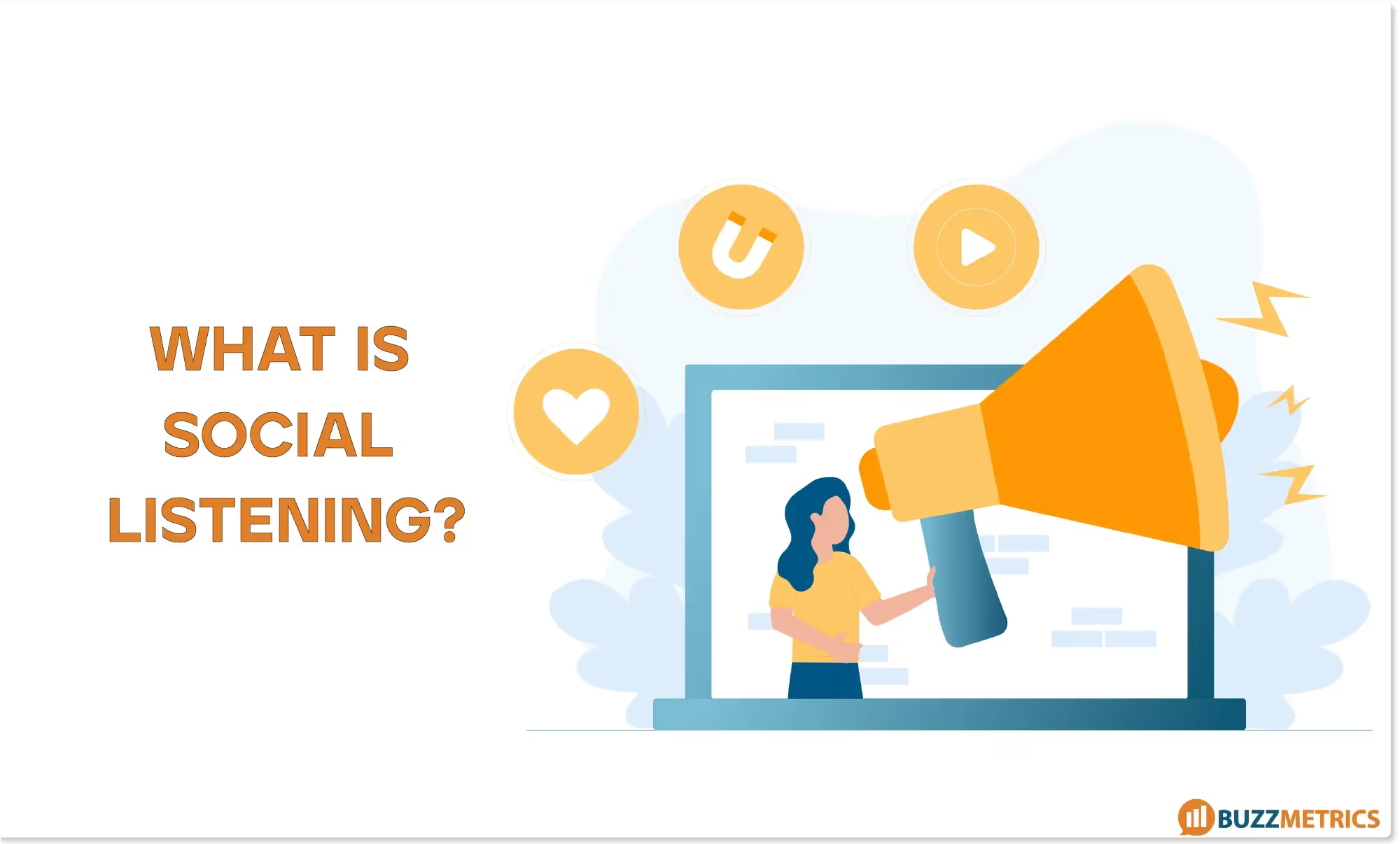How Social Listening Relates to Traditional Market Research?

Social Listening can be considered a variant of market research. This method has a reciprocal relationship with traditional market research.
Social Listening can be seen as a variant of market research. Traditional market research has the ability to dive deeper through survey methods, but when conducted on a large scale, it can be costly and time-consuming. Social Listening, on the other hand, involves listening to users on social media, meaning analysis is only possible if consumers share their opinions. However, this method has the advantage of providing real-time results at a lower cost. With the explosion of social media in Vietnam and the rapid growth of Digital Marketing, Social Listening has the advantage of measuring the effectiveness of communication for campaigns and enabling brands to make quick adjustments.f
→ See more: What is Social Listening and how does it play a role in Social Media Marketing?
So, how are Social Listening and Traditional Market Research related, and can Social Listening replace Traditional Market Research? This question will be analyzed from the perspectives of expert analysts at Buzzmetrics, who have experience working at leading research firms such as Nielsen, TNS, and Kantar Millward Brown.
1. Social Listening serves to verify and confirm the findings of Traditional Market Research
Marketers often question whether the survey methods in traditional market research might yield inaccurate results. Respondents may have a tendency to provide answers that please the interviewer, or their recall could be influenced by recent experiences. On the other hand, while Social Listening captures consumers’ organic opinions, it can be affected by brand seeding activities. This raises an important question: can Social Listening ever produce results that conflict with those of traditional market research?
Over more than 200 Usage and Attitude projects that Buzzmetrics has conducted on social media, the results have largely served to validate and complement traditional market research rather than contradict it. A specific example of the synergy between traditional market research and Social Listening:

2. Social Listening leads qualitative research, followed by quantitative research
Social Listening serves both quantitative and qualitative research purposes. It acts as a massive focus group with millions of participants, offering marketers spontaneous insights into target consumers in the language of the consumers themselves. In several projects Buzzmetrics conducted for FMCG clients, Social Listening was used to identify hypotheses about consumer behavior. The Consumer Market Intelligence (CMI) team then explored these insights further through Focus Groups or Ethnography and finally validated them on a large scale with Quantitative Research.

3. Social Listening excels in Communication Messaging and Content Planning, while traditional market research has the advantage of deeply exploring consumer insights
The limitation of Social Listening lies in the depth of user sharing, which varies across industries. If users do not share their thoughts, Social Listening will not provide insights. In contrast, traditional market research is not constrained by this, as it relies on questioning methods where moderators can guide interviews to uncover the root causes. On the other hand, Social Listening captures consumers’ opinions in the most natural form, unaffected by direct questioning, making it especially valuable for campaign content development and the authenticity of communication messaging.
4. Social Listening is a part of Brand Health Tracking
The Buzz Volume and Share of Voice metrics in Social Listening are often interpreted alongside each other and are closely related to the Awareness metric in Brand Health Tracking. Meanwhile, the Sentiment Index in Social Listening has a direct correlation with Customer Satisfaction Score (CSAT) or Brand Equity Index.
→ Learn more: How do social listening systems measure Sentiment?

5. Propose ways to integrate Social Listening into Traditional Market Research to optimize the amount of data collected in the study
Social Listening and Traditional Market Research Complement Each Other Across Brand Phases: From Concept to Launch and Post-Market Launch:

When it is compiled from multiple sources, including social media, where consumers voluntarily share their insights. Additionally, Social Listening has advantages in terms of cost, real-time updates, sample size, and more. Therefore, businesses, marketers, and brands should allocate resources to both methods of market research to achieve the highest effectiveness.
Moreover, brands can also consider using the Ecommerce Audit method to assess the competitive landscape and evaluate the performance of their sales activities on e-commerce platforms. This type of research will help complete the brand’s image on social media, enabling brand managers to make data-driven decisions, avoid falling into the trap of "gut feeling," and take timely actions.
Conclusion
Thus, there exists a mutually supportive relationship between Social Listening and traditional market research. Social Listening fills the information gaps of traditional research methods, especially when faced with limited budget and time constraints.
Để có thể ứng dụng Social Listening vào hoạt động Social Media Marketing một cách hiệu quả, liên hệ ngay với Buzzmetrics tại đây.
Article Information










.png)

.webp)






_11zon.avif)






